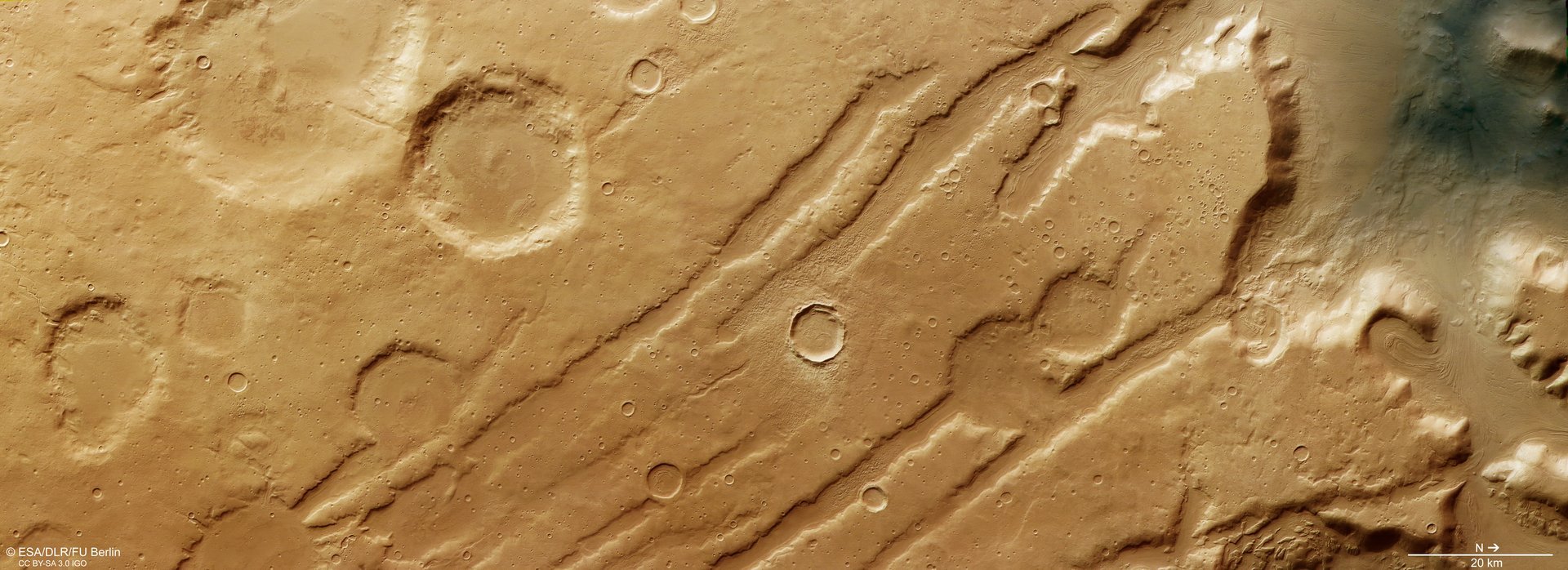Human beings are pretty familiar with the concept of “ice ages.” Not only is their ample physical evidence to suggest that glacial periods occurred during the Pleistocene epoch – which lasted from ca. 2.58 million to 11,700 years ago,…

Human beings are pretty familiar with the concept of “ice ages.” Not only is their ample physical evidence to suggest that glacial periods occurred during the Pleistocene epoch – which lasted from ca. 2.58 million to 11,700 years ago,…